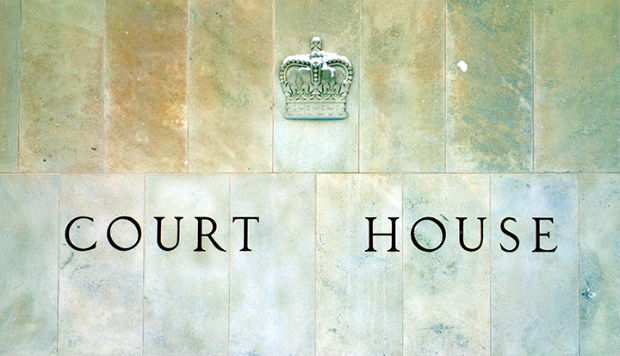Terminating employees can get messy, and striking back at a wrongful dismissal suit can make things worse for employers

By Jeffrey R. Smith
Vengeance may make for a cool fictional story, but in real life it rarely pays off. Especially when it comes to the often rough circumstances surrounding termination of employment or a resulting wrongful dismissal claim.
A wrongful dismissal suit is not something employers want to face, regardless of the legitimacy of the employee’s claim. On top of that, it’s not a good idea to make the circumstances worse. What can make them worse? How about deciding to claim just cause for dismissal once the suit is filed, or even filing a countersuit against the dismissed employee?
That’s exactly what happened in Ontario recently.
Background on wrongful dismissals
Sometimes, when wrongful dismissal is found, damages can be more than just compensation for lost income during the reasonable notice period. If a court finds an employer acted in bad faith or in some other egregious or malicious way in firing an employee, additional damages can be awarded — whether they be called aggravated, moral, or punitive damages. It’s these damages that employers should keep in mind if they’re thinking about striking back at a terminated worker who has claimed wrongful dismissal.
This doesn’t mean employers can’t have just cause for dismissal. However, there is a high bar in Canadian employment law to prove it, and it’s something that should be clearly stated as a reason for termination at the time of dismissal. In addition, just cause must be backed up by proof the employer has followed progressive discipline through warnings and coaching in order to give the employee a chance to improve the problem leading to the stated cause for dismissal. If the employer believes it has just cause for dismissal, it shouldn’t be a complete surprise to the employee by the time things reach the point of termination.
This also means an allegation of just cause that wasn’t presented as a reason for termination or a related countersuit won’t past muster — with the rare exception of new information being discovered by the employer that qualifies as “after-acquired cause.” And if an employer tries to make such an allegation, it increases its risk of being liable for additional damages in the event the wrongful dismissal claim succeeds.
Ontario Court of Appeal decision
Just recently, the Ontario Court of Appeal upheld a decision of wrongful dismissal by the Ontario Superior Court of Justice. The worker, who was a senior executive with 11 years of service, was awarded 19 months’ pay in lieu of notice.
However, that wasn’t all the worker received. After the worker filed the wrongful dismissal suit, the employer responded by claiming it had just cause for dismissal — for which it didn’t really have any supporting evidence — and filed a counterclaim for a whopping $1.7 million.
Both the trial court and the Court of Appeal had a dim view of the employer’s actions — determining they were meant to intimidate the worker in an attempt to settle the dispute.
As a result, the employer was ordered to pay an additional $100,000 in punitive damages, $25,000 in moral damages, and more than $500,000 in legal costs for bad-faith and egregious misconduct that was a reprisal for the worker’s wrongful dismissal claim: See Ruston v. Keddco Mfg. (2011) Ltd., 2019 ONCA 125 (Ont. C.A.).
The circumstances surrounding a termination employment are rarely pleasant, but employers should be careful not to let a sense of vengeance overtake their handling of the situation. Given the high standards for establishing just cause for dismissal and the potential high costs of not handling it well, such circumstances can get ugly and even more costly for employers if not handled professionally and considerately.
It’s usually best — both professionally and financially — for employers facing wrongful dismissal claims to take the high road and leave vengeance to fictional stories.




